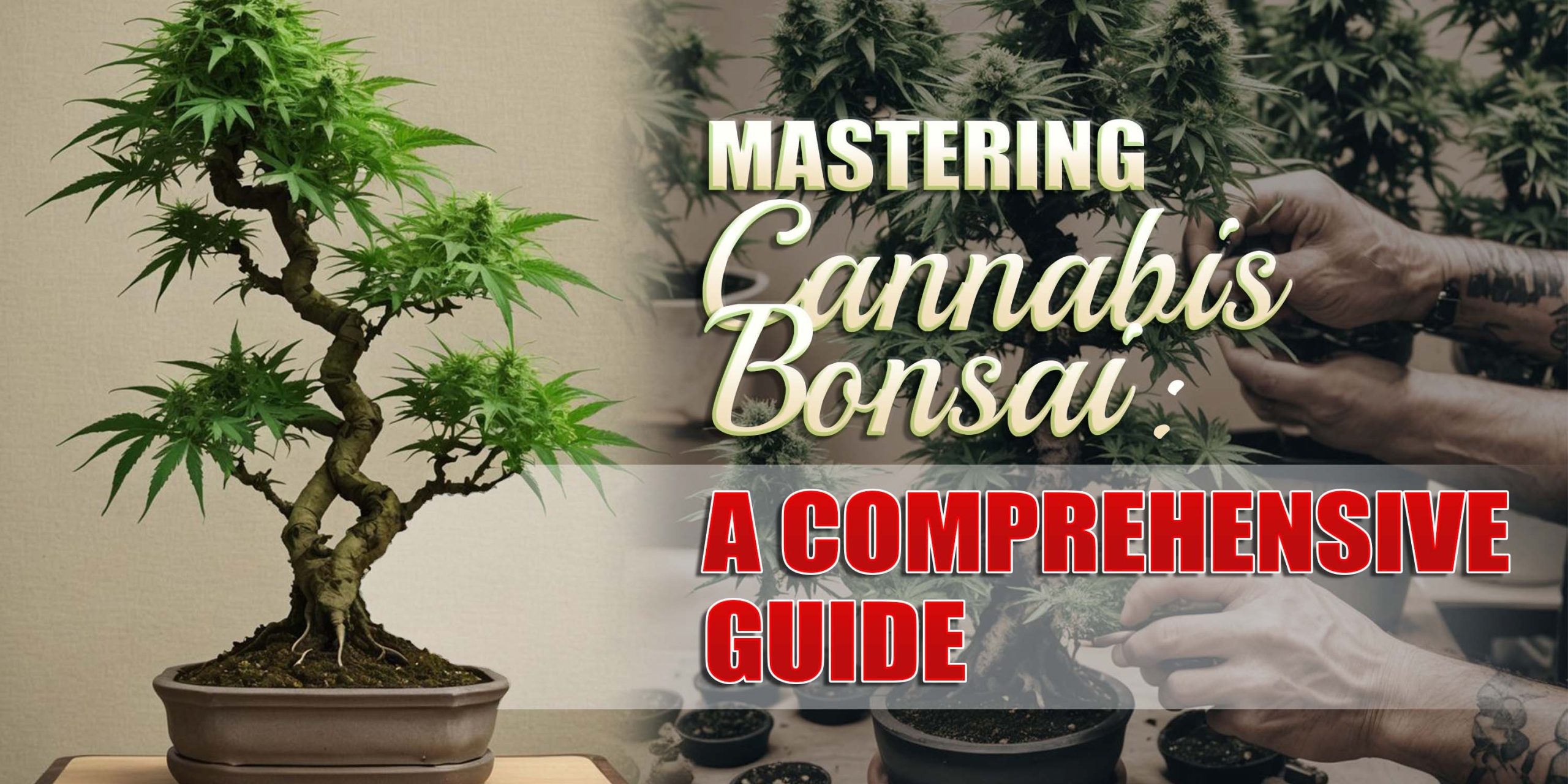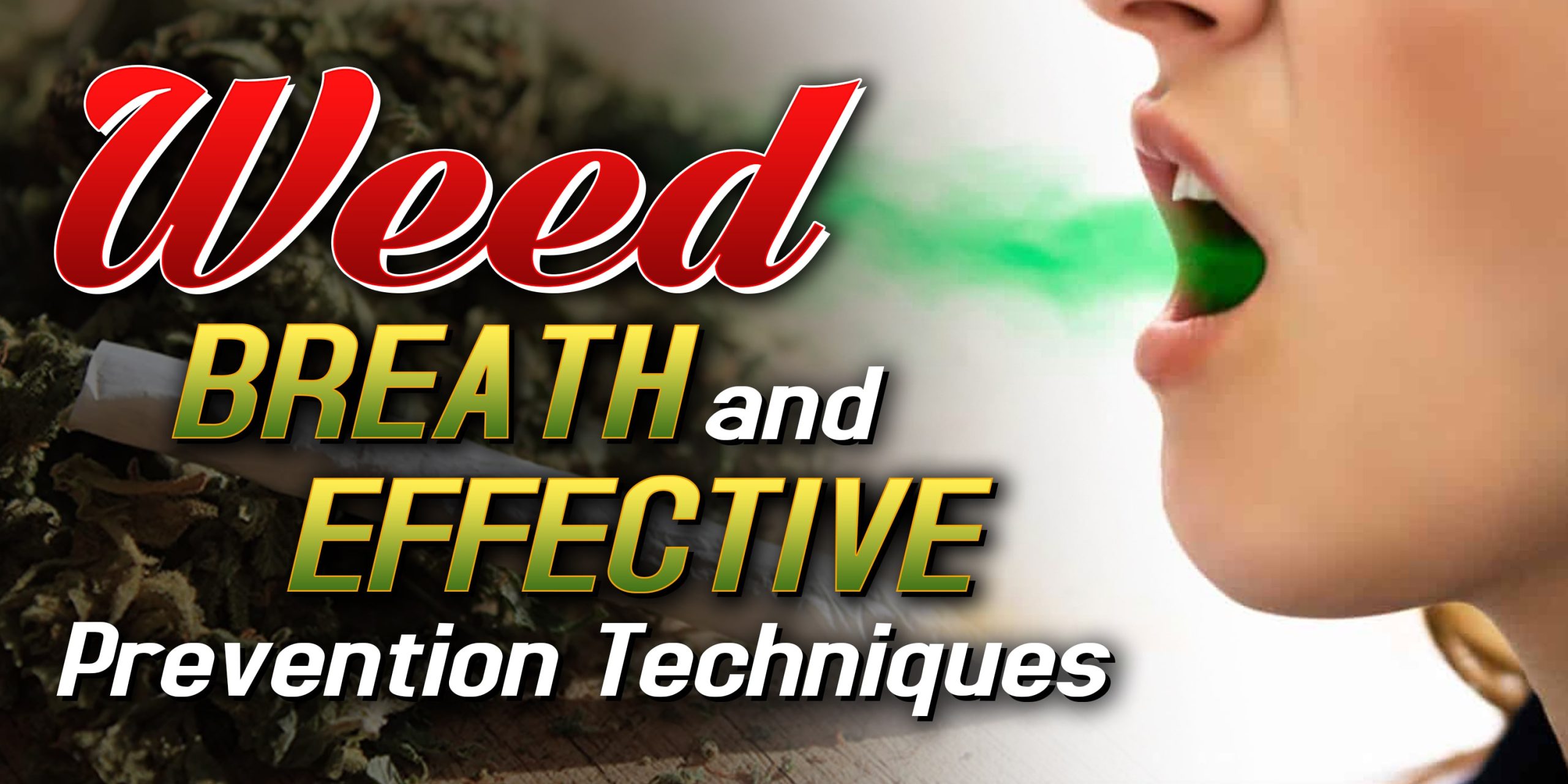Hydroponics is a method of cultivating plants without the use of soil. As most of us know, plants grow through a process called photosynthesis, where they convert light energy into carbon dioxide, oxygen, and water for their growing needs. As you can see, the soil is not necessary to grow plants. In this article, we will understand more about this soil-less culture and provide you with a general hydroponics feeding schedule that any plant grower can follow.
Brief History of Hydroponics
In theory, the word “hydroponics” comes from the roots “hydro,” which means water, and “ponos,” which means labor. Though this technique may seem new to many of us, the practice of growing plants using only water has been done for centuries. Some of the earliest known uses of this technique include the fabled Hanging Gardens of Babylon and the famous Floating Gardens of Kashmir. These gardens enjoyed constant irrigation and were able to produce large and beautiful harvests due to the use of the hydroponics system. The same cultivation method was also used to feed soldiers during the Second World War stationed on non-arable Southern Pacific islands with fresh produce.
Advantages of Hydroponics
Nowadays, the hydroponics method is starting to gain traction and move to a greater role in the agricultural industry as people begin to see and understand its many benefits. Hydroponics not only enables people to gather fresh crops in non-arable areas, but it also provides several other advantages including:
- Reduction of water stress. The agricultural industry is now trending towards alternative methods of horticulture as the human population continues to increase and as some countries continue to struggle with water quality and even water scarcity. The hydroponics method conserves water by recycling it in its enclosed set up.
- The increased growth rate in plants. In many developing countries most especially, this particular technique can provide an increased production rate of up to 25 percent faster even when using very limited resources. In soil, plants often need to expend energy to get to the nutrients they need by growing roots to find them. The hydroponics system removes this step as the nutrients are delivered straight to the roots, allowing the plants to focus all their energy on growing, and therefore enabling them to produce yields and harvests faster and sooner.
- Higher than average yields. This method allows more plants to grow per square meter because there are no weeds or even other plants to compete with when it comes to finding nutrients since food and water are delivered straight to their root system.
- Sustainable and eco-friendly growth system. As more and more people begin to see and understand the importance of shifting to environmentally friendly and sound products, this trend in cultivation is receiving more focus and importance than ever before. When using the hydroponics system, commercial and home growers know what exactly is being fed into their plants and ensure that there are less waste and pollution created by runoff from the soil. One of the major differences you will notice between indoor hydroponics grow system and one that uses soil is their level of cleanliness.
General Hydroponics Feeding Schedule
The general hydroponics feeding schedule or chart provides recommendations and loose instructions to help growers achieve the best crop production possible. It is important to remember, however, that different plants have different nutritional needs in the many phases of their growing cycle. The feeding chart will provide a strong foundation for first-time farmers and gardeners but as they start to understand the specific needs of their plants, they can adjust the recommended feedings as needed. Remember that horticulture is, like any other form of art, requires practice.
Understanding the importance of water and feed nutrients is key when trying out the hydroponics technique. By making sure that clean and distilled water is flowing through the system continues as well as making sure that the plants are fed with the right nutrients on the right schedule, you can be ensured that your hydroponics dream will come to fruition. Using filtered water will remove the chances of salt accumulation and stray chemicals making their way into your water system.
A simple but good general feeding schedule looks like this:
| Stages | Seedlings | Vegetative | Transition | Flowering | Ripening | |||||||
| Weeks | 1st | 2nd | 3rd | 4th | 5th | 6th | 7th | 8th | 9th | 10th | 11th | 12th |
| Grow Mix | 7ml | 17ml | 19ml | 20ml | – | – | – | – | – | – | – | – |
| Bloom Mix | – | – | – | – | 20ml | 20ml | 22ml | 24ml | 25ml | 25ml | – | – |
| Ripe Mix | – | – | – | – | – | – | – | – | – | – | 27ml | 22ml |
Expert feeding charts, on the other hand, will introduce a long list of nutrients that can help increase yield, enhance the plant’s flavors and aroma, as well as boost its immune system.
| Stages | Seedlings | Vegetative | Transition | Flowering | Ripening | |||||||
| Weeks | 1st | 2nd | 3rd | 4th | 5th | 6th | 7th | 8th | 9th | 10th | 11th | 12th |
| Grow Mix | 7ml | 17ml | 19ml | 20ml | – | – | – | – | – | – | – | – |
| Bloom Mix | – | – | – | – | 20ml | 20ml | 22ml | 24ml | 25ml | 25ml | – | – |
| Ripe Mix | – | – | – | – | – | – | – | – | – | – | 27ml | 22ml |
| Aroma | – | 1ml | 1ml | 1ml | 1ml | 1ml | 1ml | 1ml | 1ml | 1ml | 1ml | – |
| Weight | – | – | – | – | 1ml | 2ml | 2ml | 2ml | 3ml | 3ml | – | – |
| Roots | – | 2ml | 2ml | 1ml | 1ml | 1ml | 1ml | 1ml | 1ml | – | – | – |
The charts are usually created using a week-by-week format because most plants will need frequent changes in their diet. The schedule should pre-determine nutrient feeding levels during the seedlings and vegetative stages of growth then moderate the nutrients during the transition and flowering phases. Any additional nutrients required during the ripening stage will also be plotted in the feeding chart.
The key to successfully adjusting your feed chart is to record everything in a daily journal tracker, including how your plants respond after each recommended feedings to predict how it will be affected when the dosage of the nutrient feed will be increased or decreased. By keeping the same journal, you will also be able to tell if you have been underfeeding or overfeeding your plants and understand how each one looks on your plants.
The hydroponics technique, as well as the general hydroponics feeding schedule, maybe intimidating to many people, but in practice, it is a simple and straightforward method of growing plants. Its design was created to provide a favorable environment that will optimize harvest in places where good quality soil and water are non-existent. While it removes soil from the equation, everything about the roots still mimics a soil grow. Several surveys have shown that when done correctly, hydroponics can significantly increase yields.

















